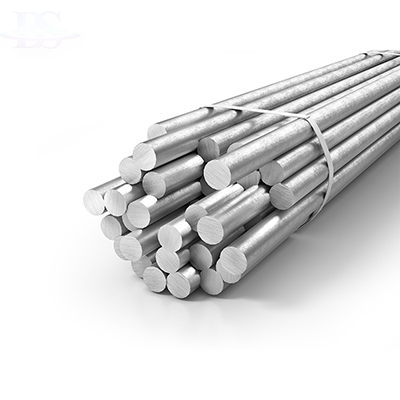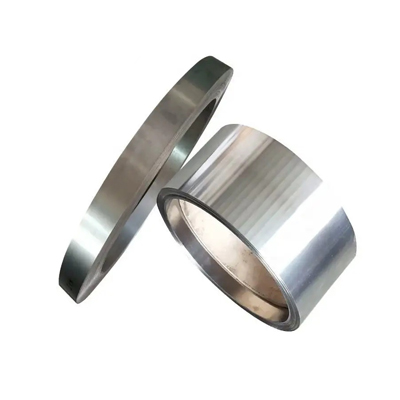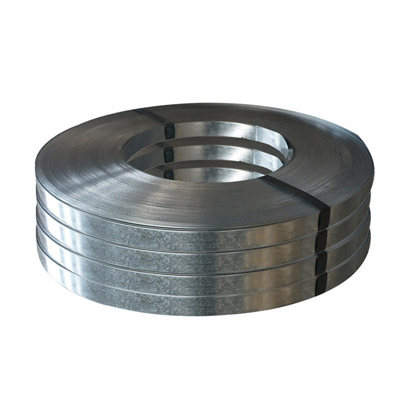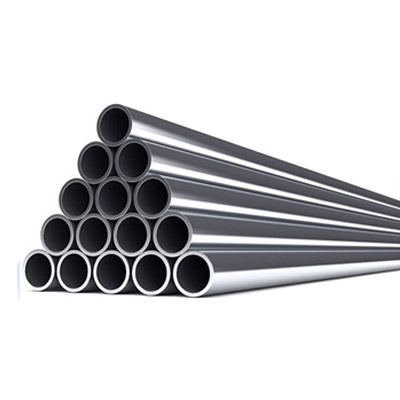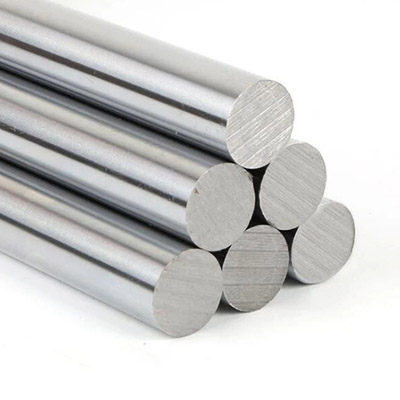Nimonic 263/UNS N07263/W. Nr. 2.4650 Sheet Bar Tube Strip
Overview
NIMONIC alloy 263 (UNS N07263/W. Nr. 2.4650 )is an air melted nickel-base alloy to provide a sheet material which could be readily fabricated and would offer improved ductility in welded assemblies to replace NIMONIC alloy 80A.
It was designed as sheet material to meet specific design criteria in terms of proof stress and creep strength. It is now available in all standard forms. The welding techniques for this alloy are similar to those in common use for other age-hardenable nickelbase alloys. During salvage welding operations, a preweld heat-treatment is not necessary on age-hardened assemblies but a subsequent age-hardening treatment is desirable after all salvage welding is completed.
Material will age in service if temperatures are above 750°C.
Limiting Chemical Composition, %
Carbon ..................................................................................................................................................................................0.04--0.08
Silicon.......................................................................................................................................................................................0.4 max.
Manganese...............................................................................................................................................................................0.6 max.
Sulfur.....................................................................................................................................................................................0.007 max.
Silver...................................................................................................................................................................................0.0005 max.
Aluminum...............................................................................................................................................................................0.60 max.
Boron....................................................................................................................................................................................0.005 max.
Bismuth..............................................................................................................................................................................0.0001 max.
Cobalt.................................................................................................................................................................................19.00-21.00
Chromium...........................................................................................................................................................................19.00-21.00
Copper....................................................................................................................................................................................0.20 max.
Iron..........................................................................................................................................................................................0.70 max.
Molybdenum..........................................................................................................................................................................5.60-6.10
Lead......................................................................................................................................................................................0.002 max.
Titanium..................................................................................................................................................................................1.90-2.40
Aluminum and Titanium. .......................................................................................................................................................2.40-2.80
Nickel ........................................................................................................................................................................................Balance.
Physical Constants
Below are some physical constants and thermal properties of
Density |
Mg/m3...................................................................................8.36 |
lb/in3....................................................................................0.302 |
|
Melting Range |
Liquidustemperature, °C......................................................1355 |
Solidustemperature, °C........................................................1300 |
Mechanical properties
Properties |
Metric |
Imperial |
Tensile strength (precipitation hardened, value at room temperature) |
940MPa |
136000 psi |
Yield strength (precipitation hardened, value at room temperature, @strain 0.200%) |
550 MPa |
79800 psi |
Elongation at break (precipitation hardened) |
39% |
39% |
Corrosion Resistance
Nimonic 263 has excellent corrosion resistance properties, making it suitable for tough environments like aerospace and marine applications. It maintains its oxidation and corrosion resistance even in sulfuric and hydrochloric acids.
Forming
Nimonic Alloy 263™ has good ductility and can be easily formed using all the conventional methods. This alloy is stronger than regular steel; hence it requires a more powerful equipment to complete the forming process. It is recommended that heavy-duty lubricants should be used while cold forming. At the end of this process, all traces of lubricant has to be cleaned off to prevent embrittlement.
Welding
Nimonic Alloy 263™ can be welded using the traditional welding methods. Some of the commonly used methods are shielded metal-arc welding, gas metal-arc welding, submerged-arc welding, and gas-tungsten arc welding. It is recommended that matching alloy filler metal should be used. Before the welding process begins, the surface to be welded should be cleaned and should be free from oil, paint or crayon stains.
Heat Treatment
NIMONIC alloy 263 is normally given a two-stage heat treatment, that is, solution treatment and age hardening prior to service. This heat treatment is normally carried out in air. Material is usually supplied in the solution treated condition and aged by the customer as part of the fabrication process. Material can however be supplied to any requested heat treatment condition. Details of recommended heat-treatments for various forms are given below, where the time at solution treatment temperature depends on section thickness.
Form |
Solution Treatment |
Aging Treatment |
Extruded or forged bars and section for forging and /or machining |
1½-2½ h/1150°C/WQ |
8 h/800°C/AC |
Hot-rolled sheet |
½ h/1150°C/WQ or AC |
8 h/800°C/AC |
Cold-rolled sheet and cold-drawn section (including tube) |
3-10 min/1150°C/FBQ or WQ |
8 h/800°C/AC |
Available Forms
● Strips & Tape
● Wire & Welding
● Pipe & Tube
● Sheet & Foils
● Flanges & Forgins
description2



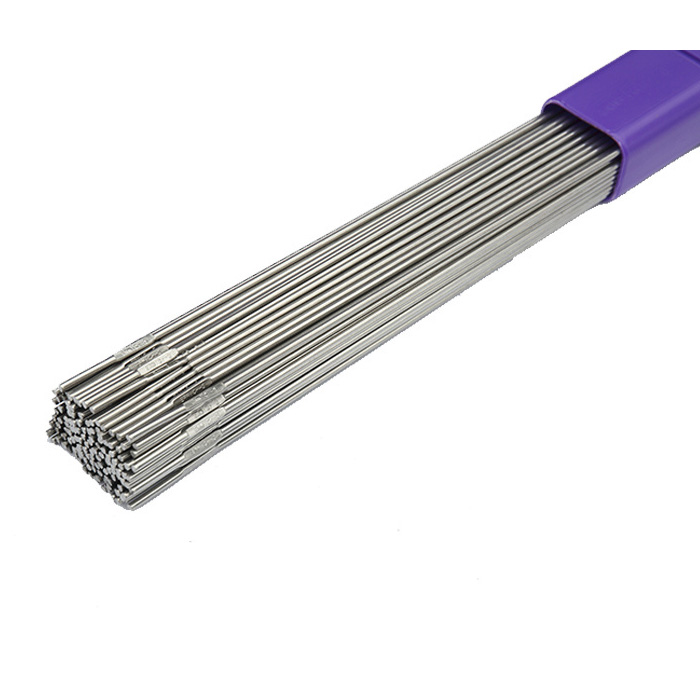 Inconel 625
Inconel 625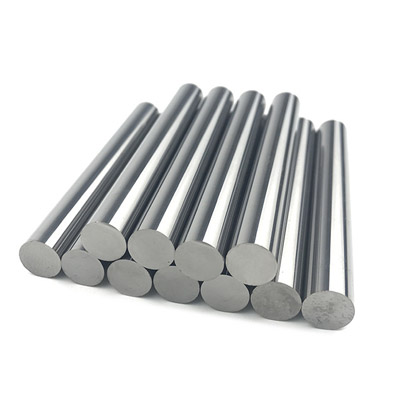 Inconel 718
Inconel 718 Inconel 725
Inconel 725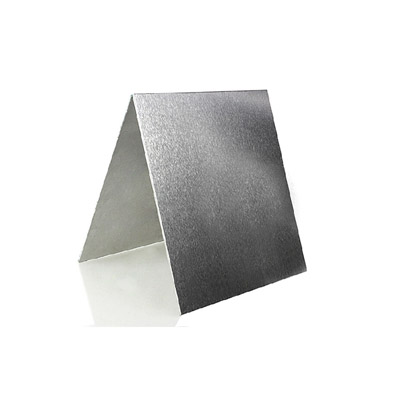 Inconel X-750
Inconel X-750 Inconel 690
Inconel 690 Inconel 617
Inconel 617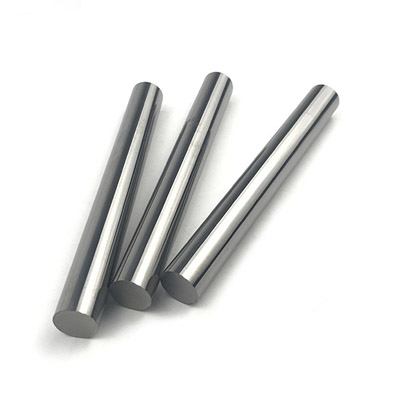 Inconel 601
Inconel 601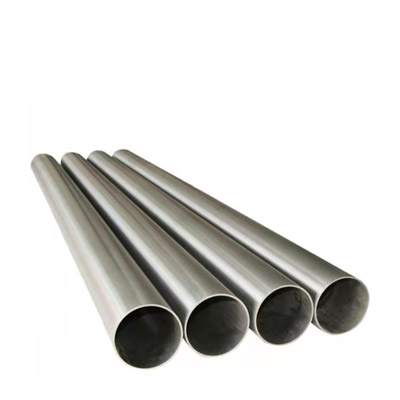 Inconel 600
Inconel 600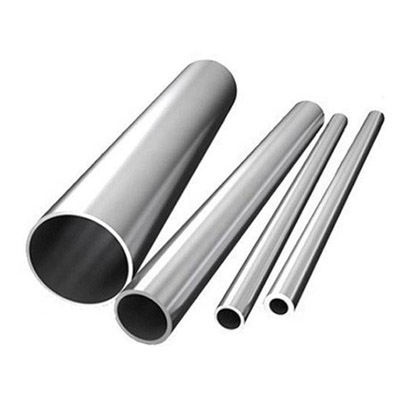 Inconel 686
Inconel 686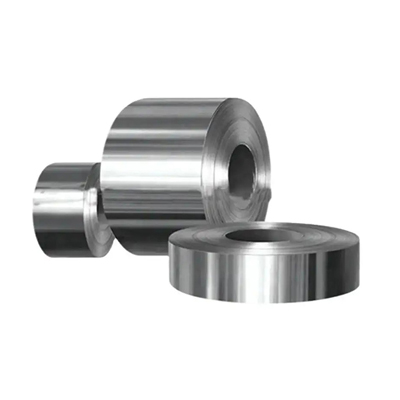 Inconel 602CA
Inconel 602CA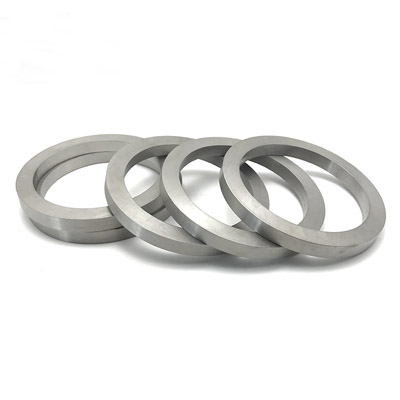 Incoloy A-286
Incoloy A-286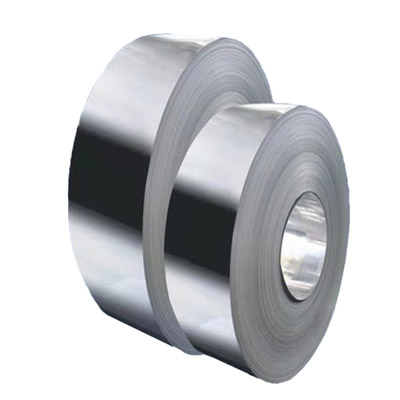 Incoloy 825
Incoloy 825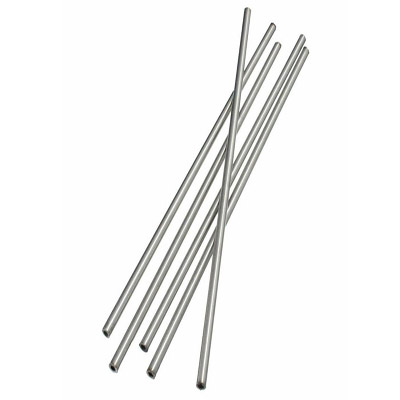 Incoloy 925
Incoloy 925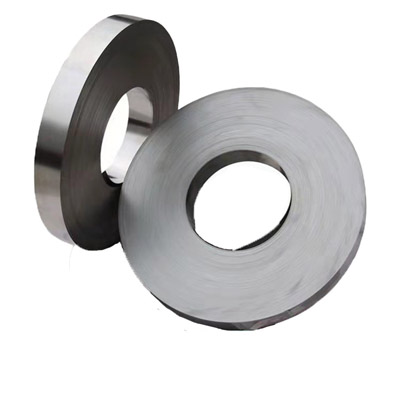 Incoloy 926
Incoloy 926 Incoloy 800
Incoloy 800 Incoloy 800H
Incoloy 800H Incoloy 800HT
Incoloy 800HT Incoloy 909
Incoloy 909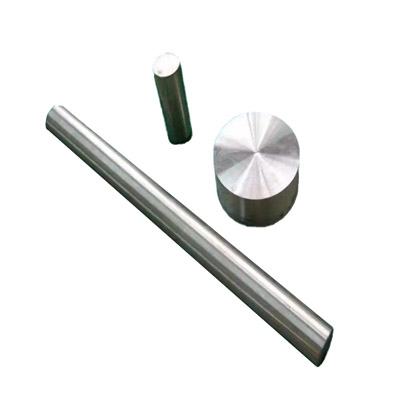 Incoloy 31
Incoloy 31 Incoloy 901
Incoloy 901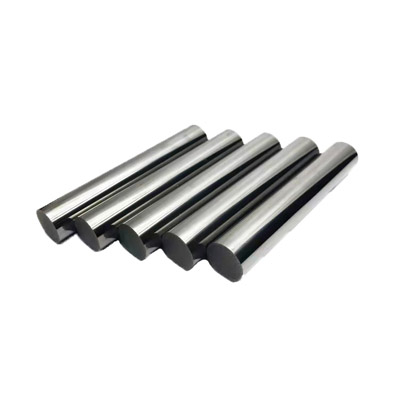 Monel K-500
Monel K-500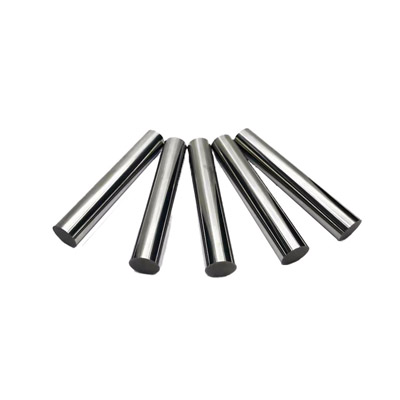 Monel 400
Monel 400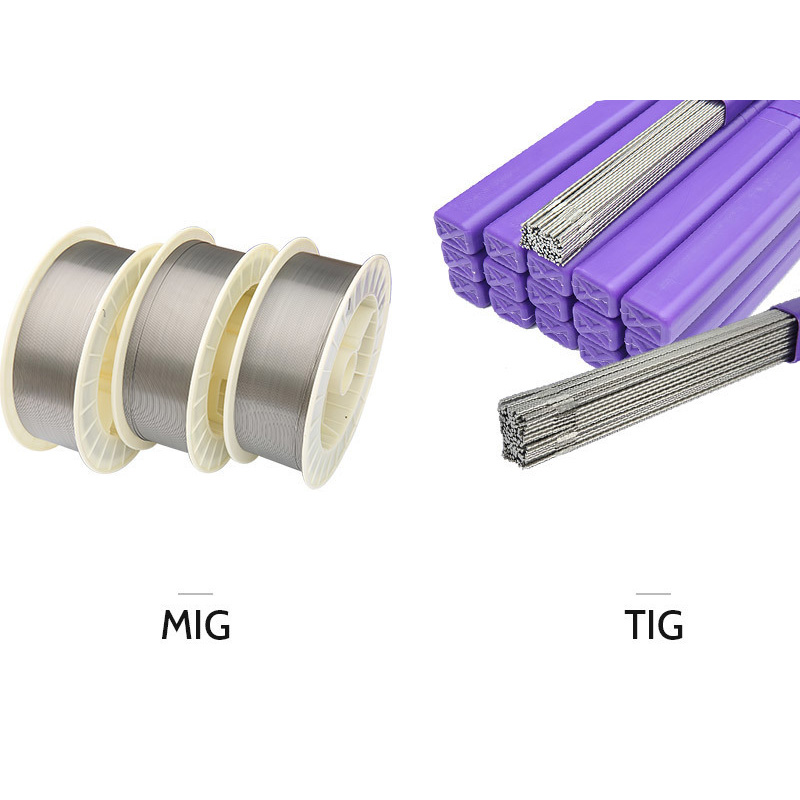 Nimonic 263
Nimonic 263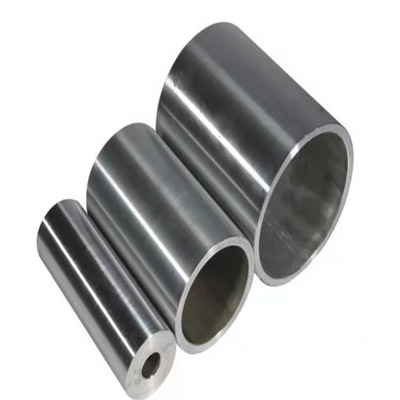 Nimonic 75
Nimonic 75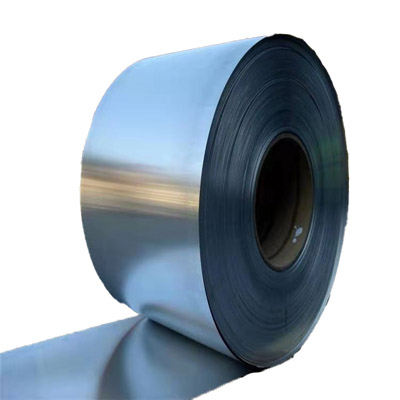 Nimonic 80A
Nimonic 80A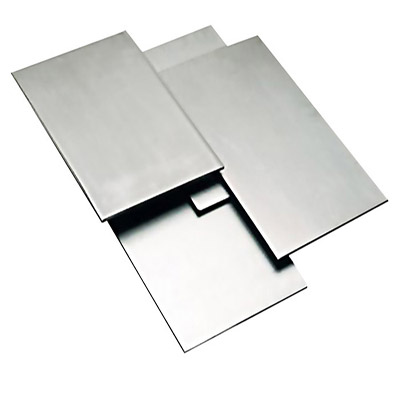 Nimonic 90
Nimonic 90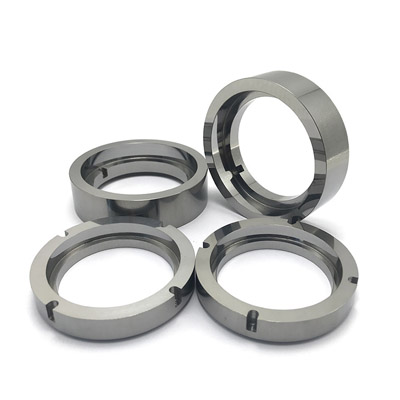 Nimonic PE11
Nimonic PE11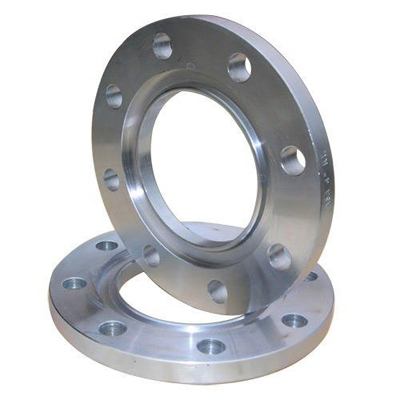 Nimonic PE16
Nimonic PE16 Nimonic PK33
Nimonic PK33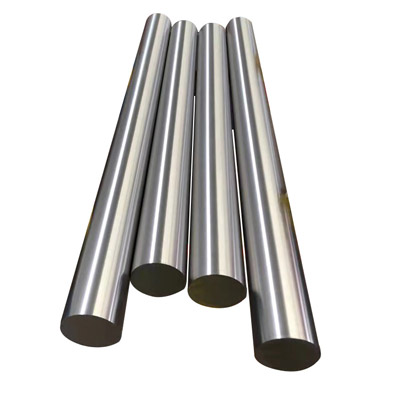 Nimonic 901
Nimonic 901 Nimonic 81
Nimonic 81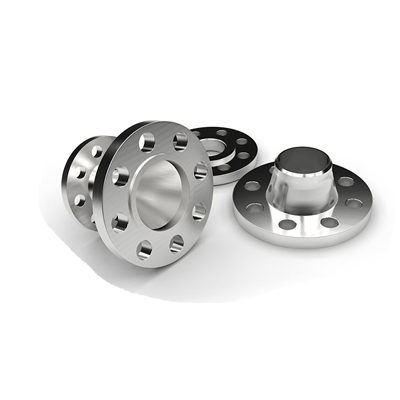 Nimonic 86
Nimonic 86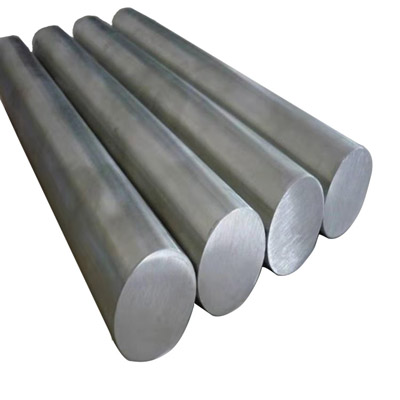 Nimonic 105
Nimonic 105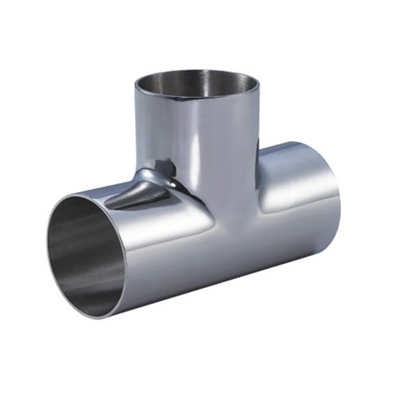 Nimonic 115
Nimonic 115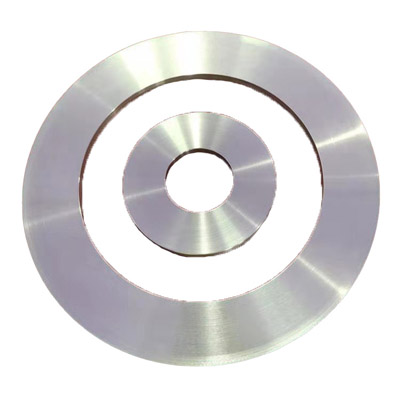 Hastelloy C-276
Hastelloy C-276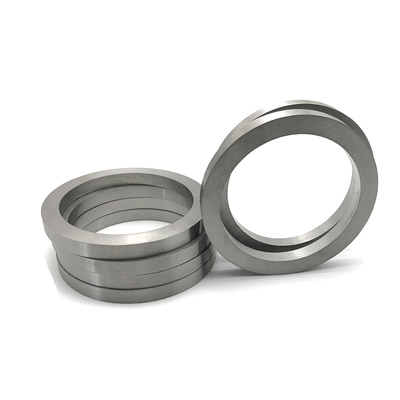 Hastelloy C
Hastelloy C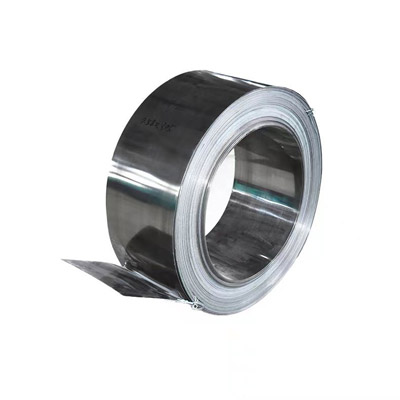 Hastelloy C4
Hastelloy C4 Hastelloy C-22
Hastelloy C-22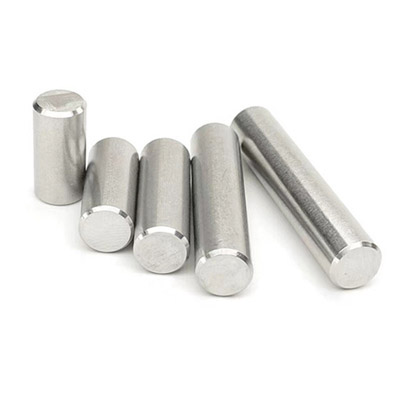 Hastelloy C-2000
Hastelloy C-2000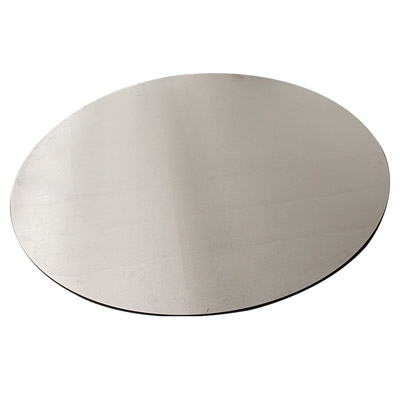 Hastelloy B-2
Hastelloy B-2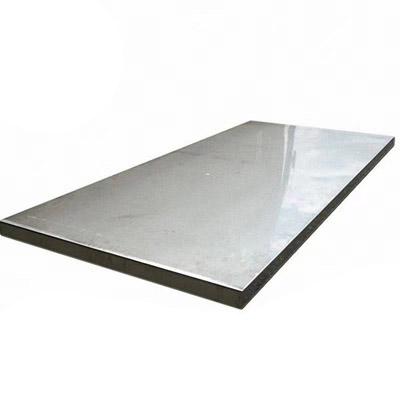 Hastelloy B-3
Hastelloy B-3 Hastelloy G30
Hastelloy G30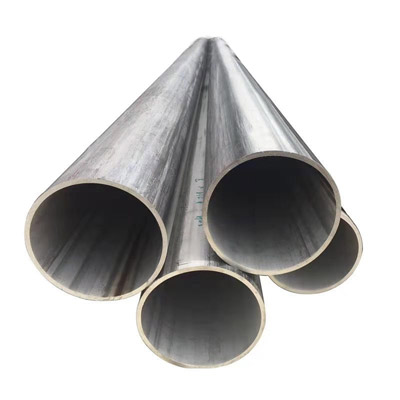 Hastelloy X
Hastelloy X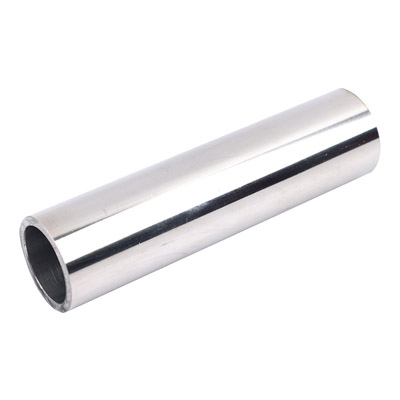 Super Invar 32-5(4J32)
Super Invar 32-5(4J32)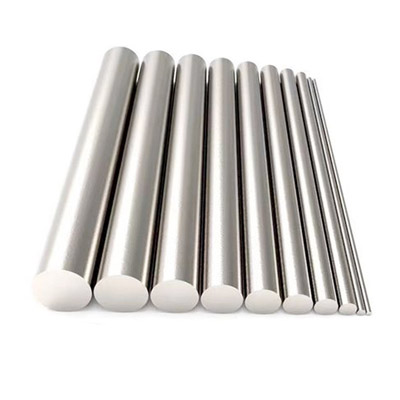 Alloy 36(4J36)
Alloy 36(4J36)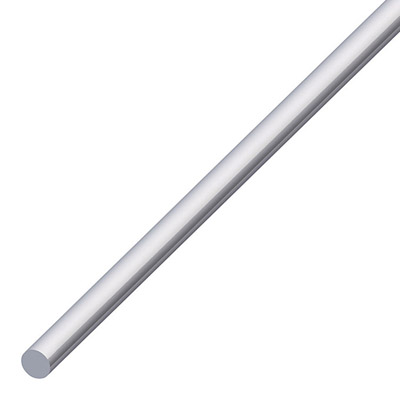 Alloy 42(4J42)
Alloy 42(4J42) Alloy 50(1J50)
Alloy 50(1J50) Hiperco 50(1J22)
Hiperco 50(1J22)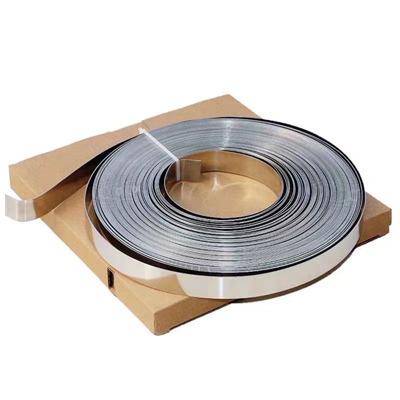 Alloy 46
Alloy 46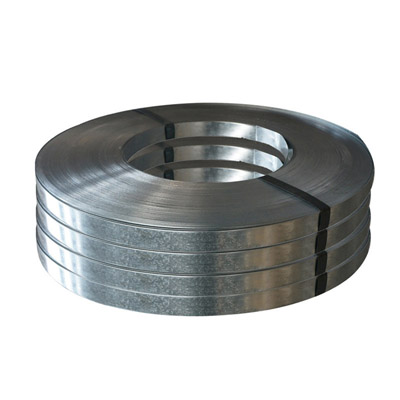 Permalloy (1J79)
Permalloy (1J79) Supermalloy(1J85)
Supermalloy(1J85)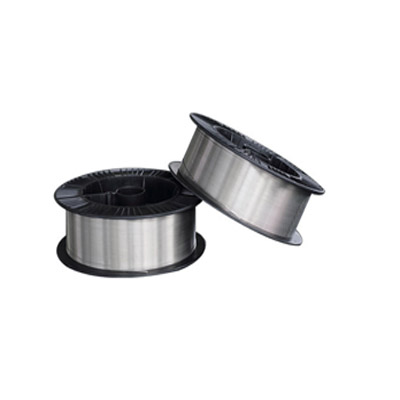 ERNiCrMo-2
ERNiCrMo-2 ERNiCrMo-3
ERNiCrMo-3 ERNiCrMo-4
ERNiCrMo-4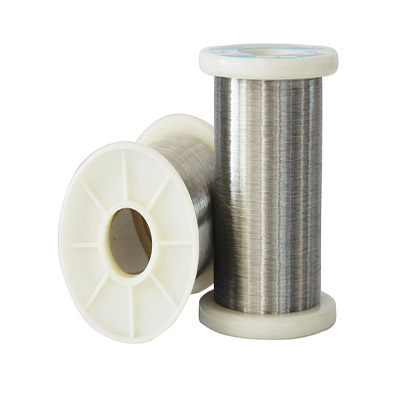 ERNiCrFe-7
ERNiCrFe-7 ERNiCrFe-7A
ERNiCrFe-7A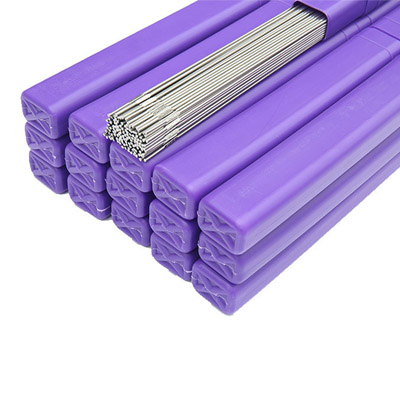 ERNiCrMo-10
ERNiCrMo-10 ERNiCrCoMo-1
ERNiCrCoMo-1 ERNiFeCr-2
ERNiFeCr-2 ERNiFeCr-1
ERNiFeCr-1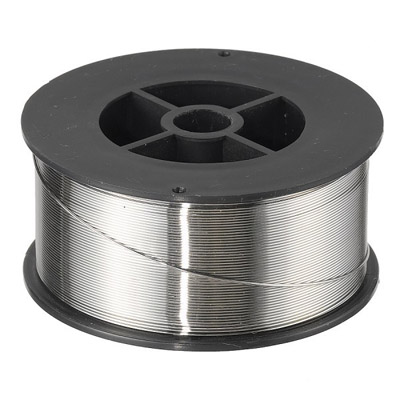 ERNiMo-8
ERNiMo-8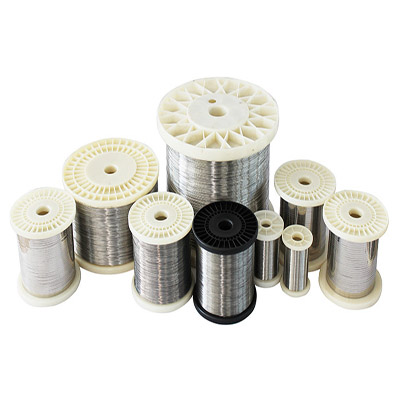 ERNiCrMo-13
ERNiCrMo-13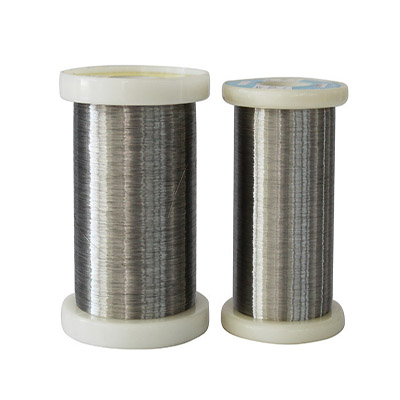 ERNiCr-4
ERNiCr-4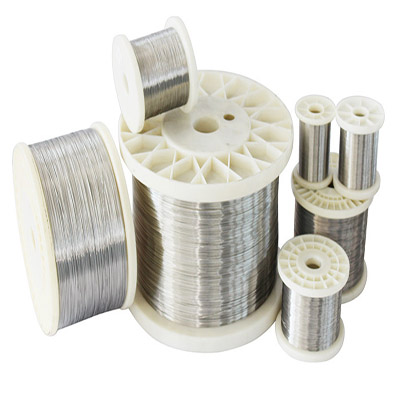 ERNiCr-3
ERNiCr-3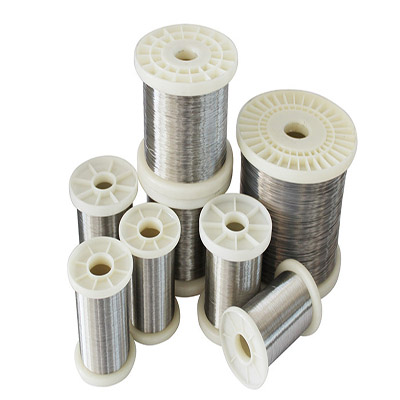 ERNi-1
ERNi-1 Haynes-25
Haynes-25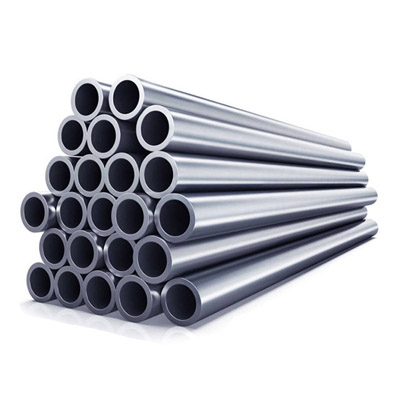 Hayness-188
Hayness-188 MP35N
MP35N Refractory 26
Refractory 26 Waspaloy alloy
Waspaloy alloy 17-4PH
17-4PH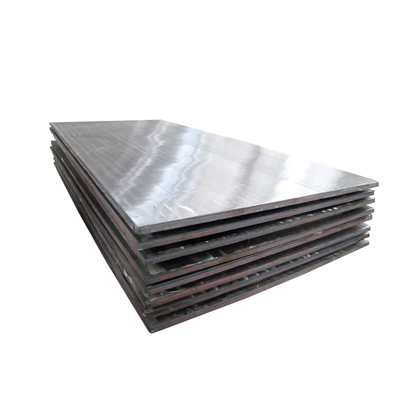 17-7PH
17-7PH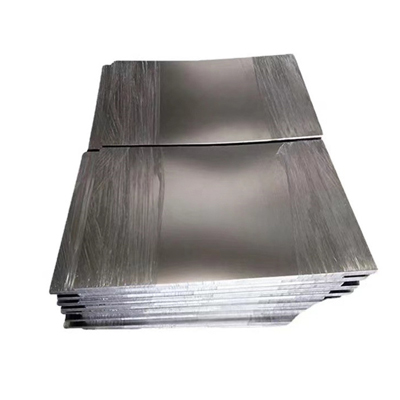 904L
904L Nitronic 50
Nitronic 50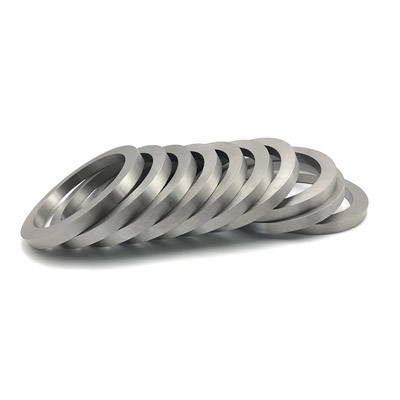 Nitronic 60
Nitronic 60 AL-6XN
AL-6XN F55
F55 PH 13-8
PH 13-8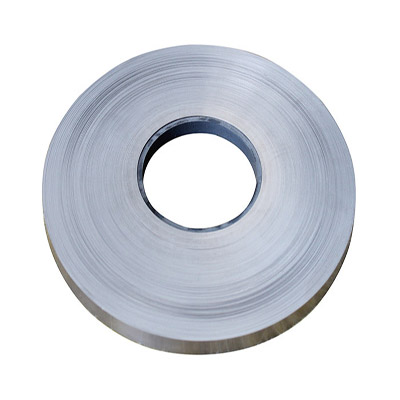 Haynes-230
Haynes-230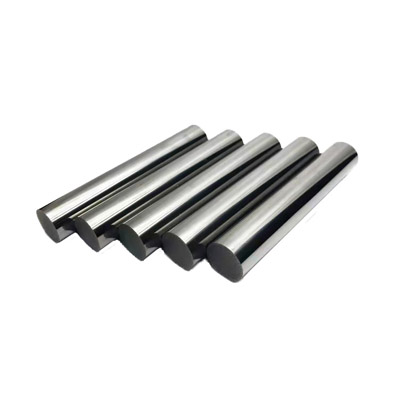 Nickel 200
Nickel 200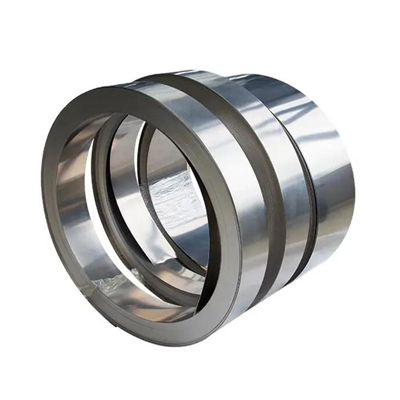 Cr20Ni80
Cr20Ni80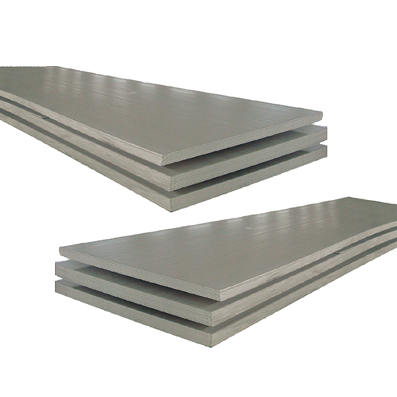 Sheet & Plate
Sheet & Plate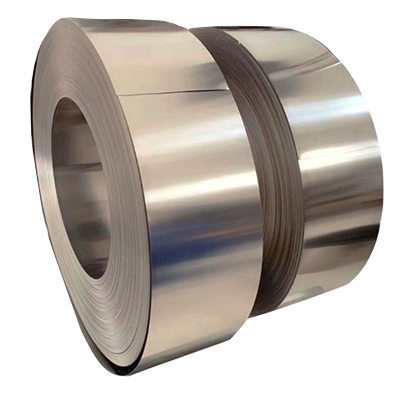 Strip & Foil
Strip & Foil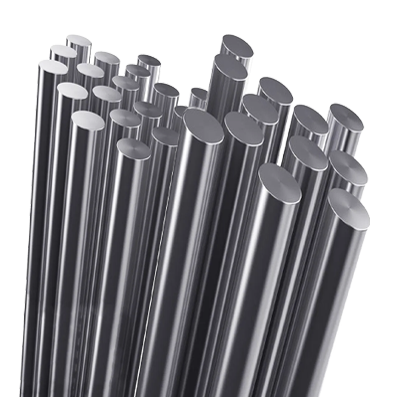 Bar & Rod
Bar & Rod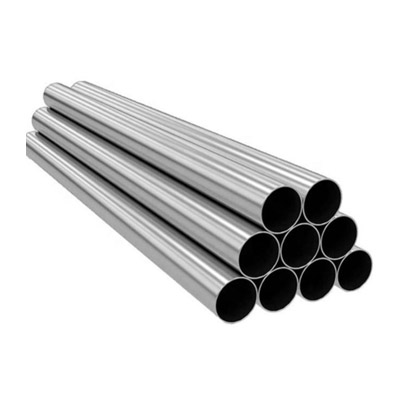 Pipe & Tube
Pipe & Tube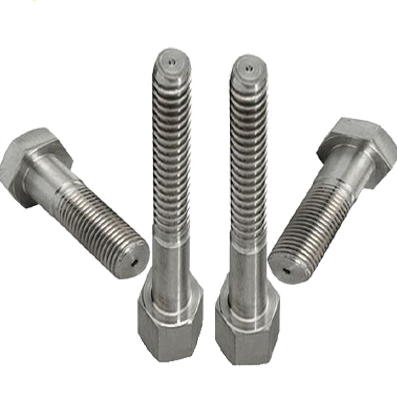 Bolts & Fasteners
Bolts & Fasteners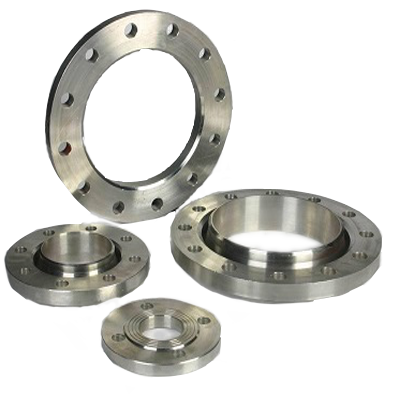 Flange & Ring
Flange & Ring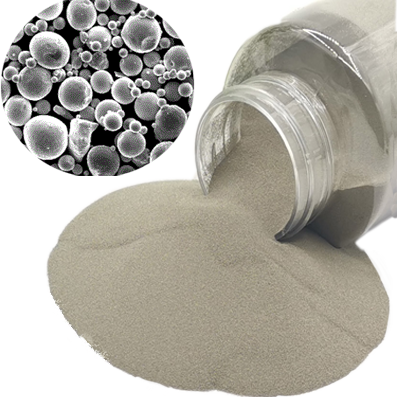 Nickel Alloy Powder
Nickel Alloy Powder

